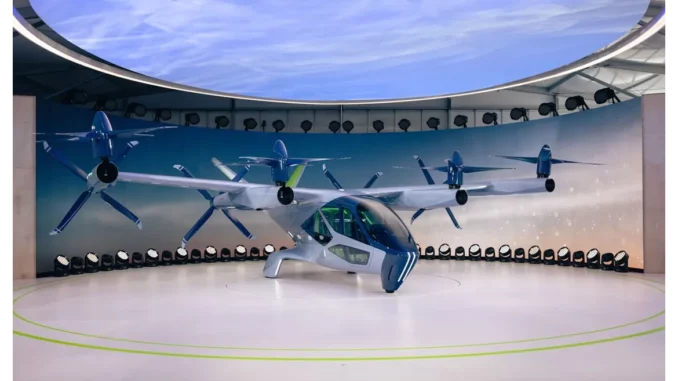
In the quiet corridors of healthcare facilities in Austria and Germany, a transformative shift is underway, one that promises to redefine the landscape of organ transplantation. My recent conversation with Dr. Markus Hoffman, an experienced transplant coordinator at a prominent hospital in Vienna, revealed the burgeoning potential of Advanced Air Mobility (AAM) in revolutionising organ transportation. Dr. Hoffman’s enthusiasm was evident as he elaborated on how this emerging technology could reshape the future of medical logistics.
Dr. Hoffman began our discussion by emphasising the critical role of solid organ transplantation as the primary therapeutic solution for numerous end-stage diseases. The success of these procedures, he explained, depends significantly on the swift transportation of organs from donor to recipient. “Time is of the essence,” he said earnestly, explaining that ischemic tissue damage occurs the longer an organ remains outside the body. This deterioration poses a major challenge, especially when every minute counts in preserving the organ’s viability.
Austria and Germany, with their advanced healthcare infrastructures, are uniquely positioned to leverage AAM technology, which remains relatively untapped in Europe for organ transport. Traditionally, helicopters and private aircraft have been the mainstay for transporting organs; however, AAM aircraft offer a promising alternative. “These vehicles can bridge the gap between hospitals and airports,” Dr. Hoffman explained, “potentially reducing the cold ischemia time (CIT) significantly.” He envisioned a future where organs could be transported much faster, enhancing connectivity in areas with limited airport access and translating to better organ viability and improved patient outcomes.
The existing infrastructure in Austria and Germany provides a favourable backdrop for adopting AAM technology. Dr. Hoffman noted, “Every Austrian hospital has a heliport, and nearly all German transplant centres offer similar facilities. This infrastructure is crucial for the swift implementation of AAM.” During our conversation, he highlighted the significant impact of reduced CIT on transplantation success. “For every hour we cut from transport time, there’s a marked decrease in the risk of graft loss,” he explained, noting that this improvement directly correlates with better quality of life for patients.
Exploring the operational dynamics further, Dr. Hoffman suggested that the introduction of AAM could begin with smaller payloads, such as laboratory samples, eventually progressing to organ transport. The ultimate goal, he mentioned, would be to transport medical teams alongside organs, thereby streamlining the entire process. However, he acknowledged that challenges persist. “One major hurdle is cost,” he admitted. “AAM manufacturers need to prove these aircraft can operate at a cost comparable to current methods. Nonetheless, the potential savings in time and the positive impact on patient outcomes make this avenue worth pursuing.”
Our discussion also delved into the broader implications of AAM on organ allocation practices. If AAM can significantly reduce CIT, Dr. Hoffman speculated that it might alter how organs are allocated. “We might consider offering organs to recipients further afield, ensuring a better match without compromising medical outcomes,” he suggested. This could potentially lead to more equitable distribution of organs across regions, optimising the chances of successful transplants.
As our conversation concluded, Dr. Hoffman’s optimism was contagious. “AAM represents a paradigm shift,” he remarked. “It’s not just about faster transport; it’s about rethinking how we handle organ logistics, improving the entire transplantation process.” Walking away, I was struck by the immense potential of AAM to transform organ transplantation in Austria and Germany. This innovative intersection of aviation and medicine offers hope for countless patients awaiting the gift of life.
The prospect of cutting-edge technology alleviating one of medicine’s most pressing logistical challenges is indeed exciting. As AAM continues to evolve, it seems poised to reach new heights, carrying with it the potential to save more lives and enhance the quality of healthcare for future generations.


Be the first to comment